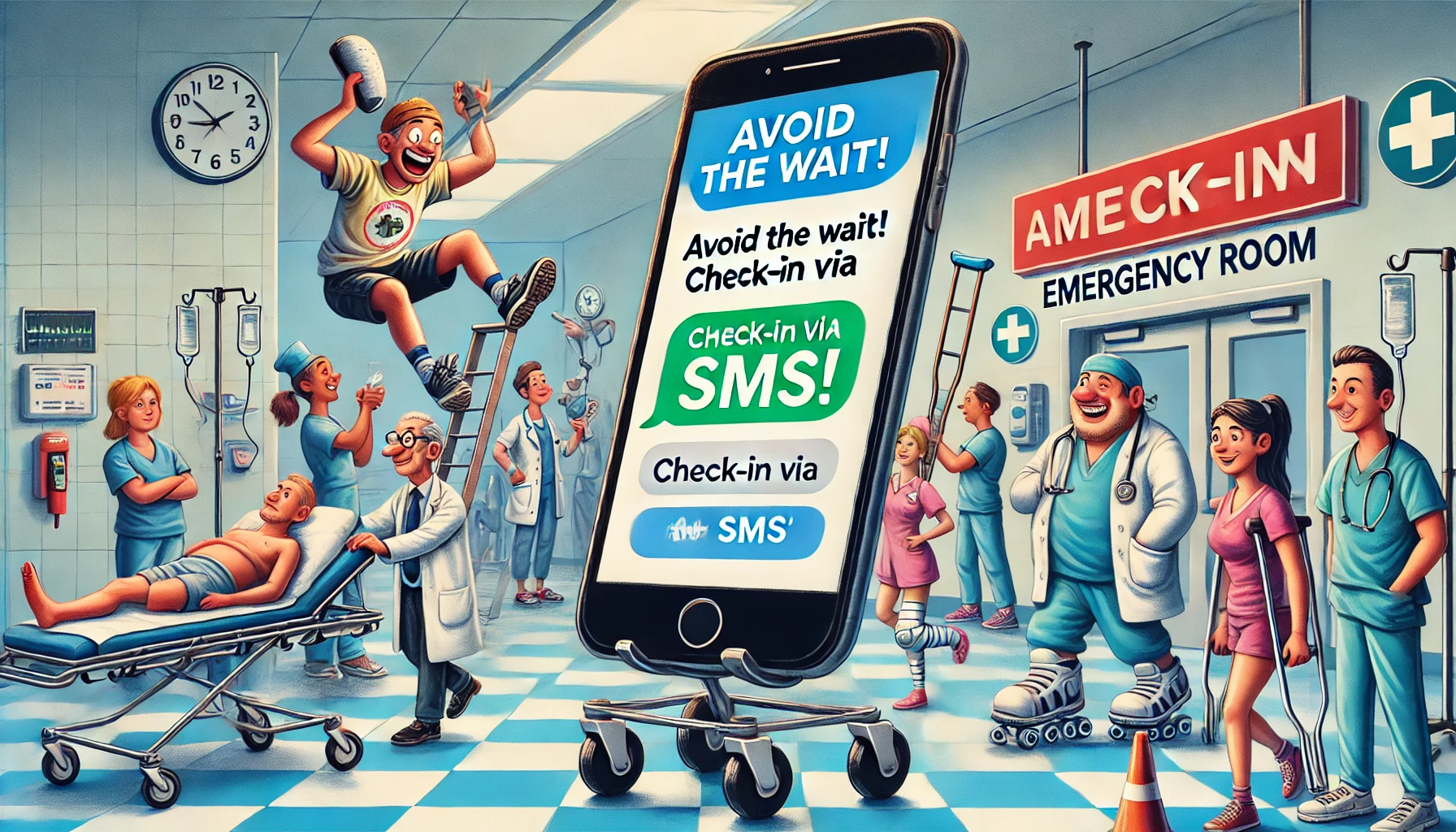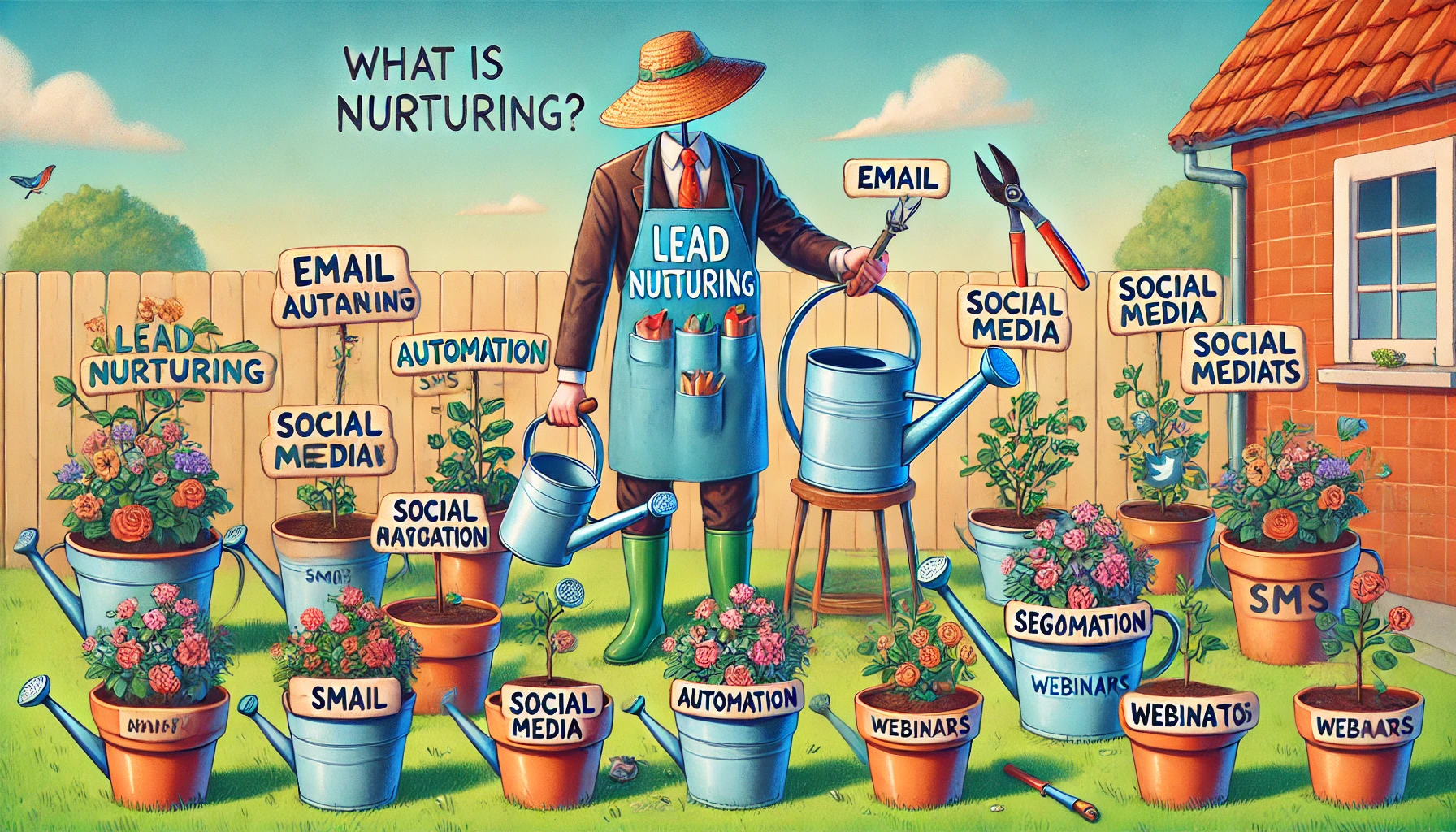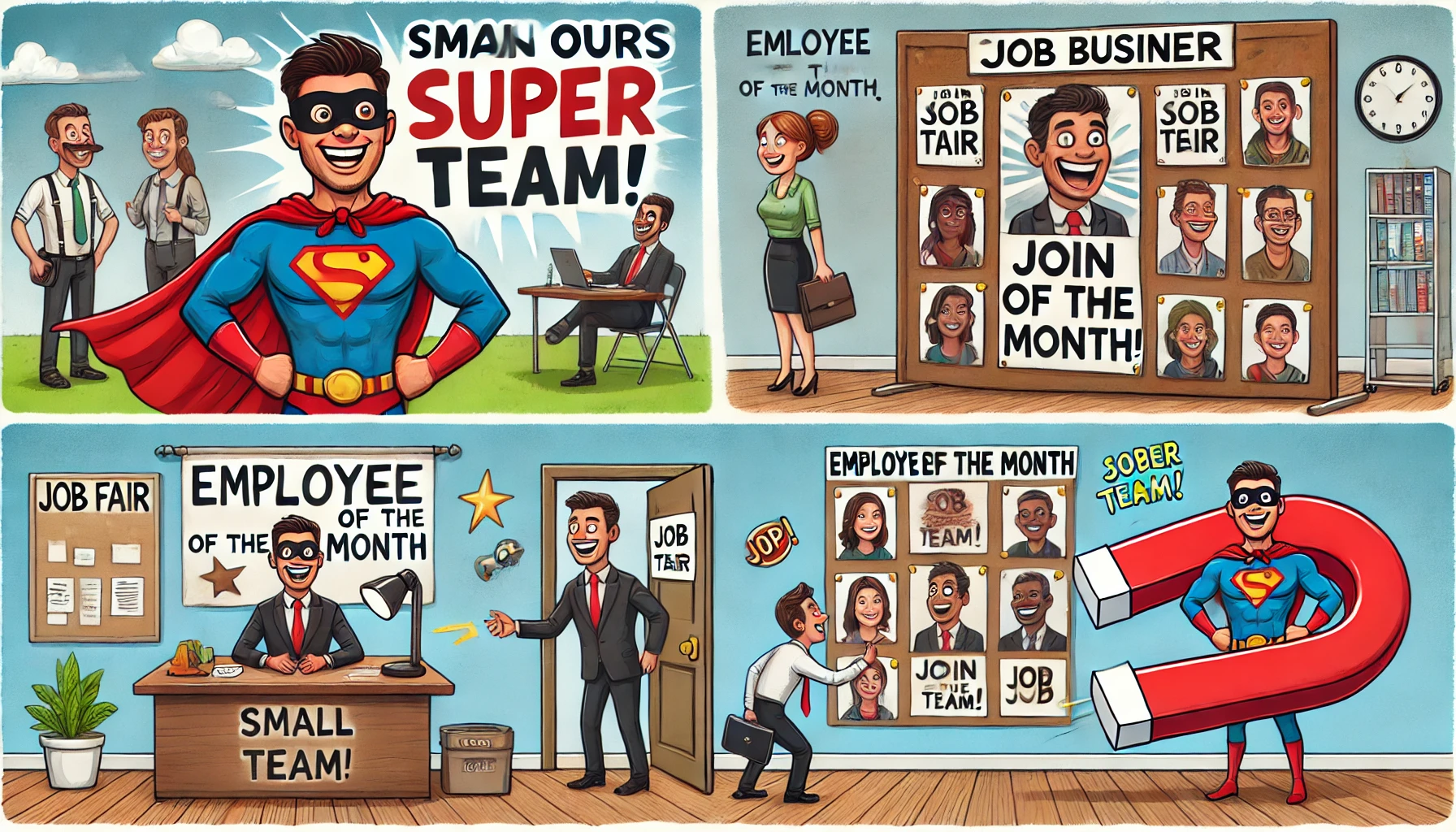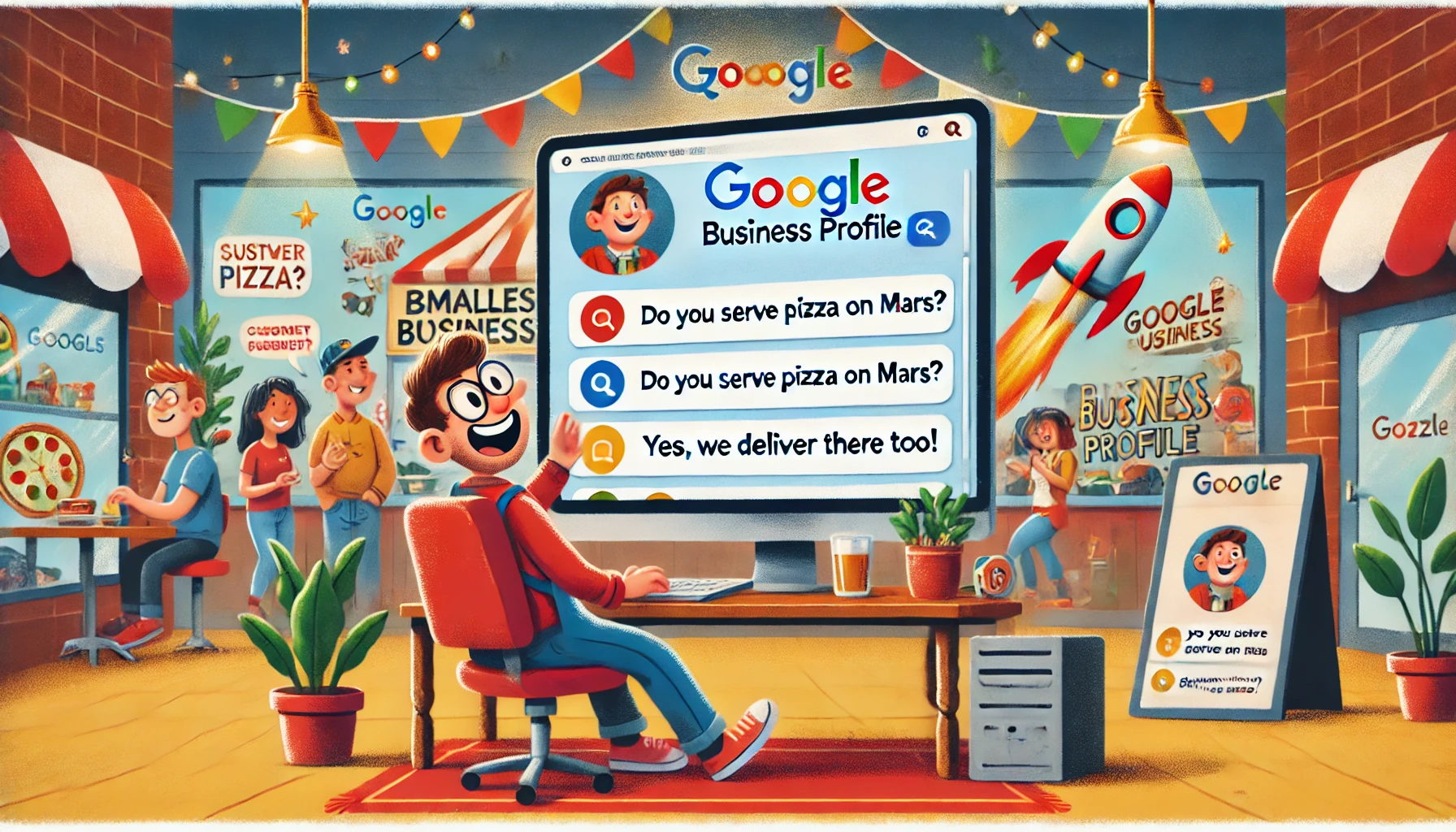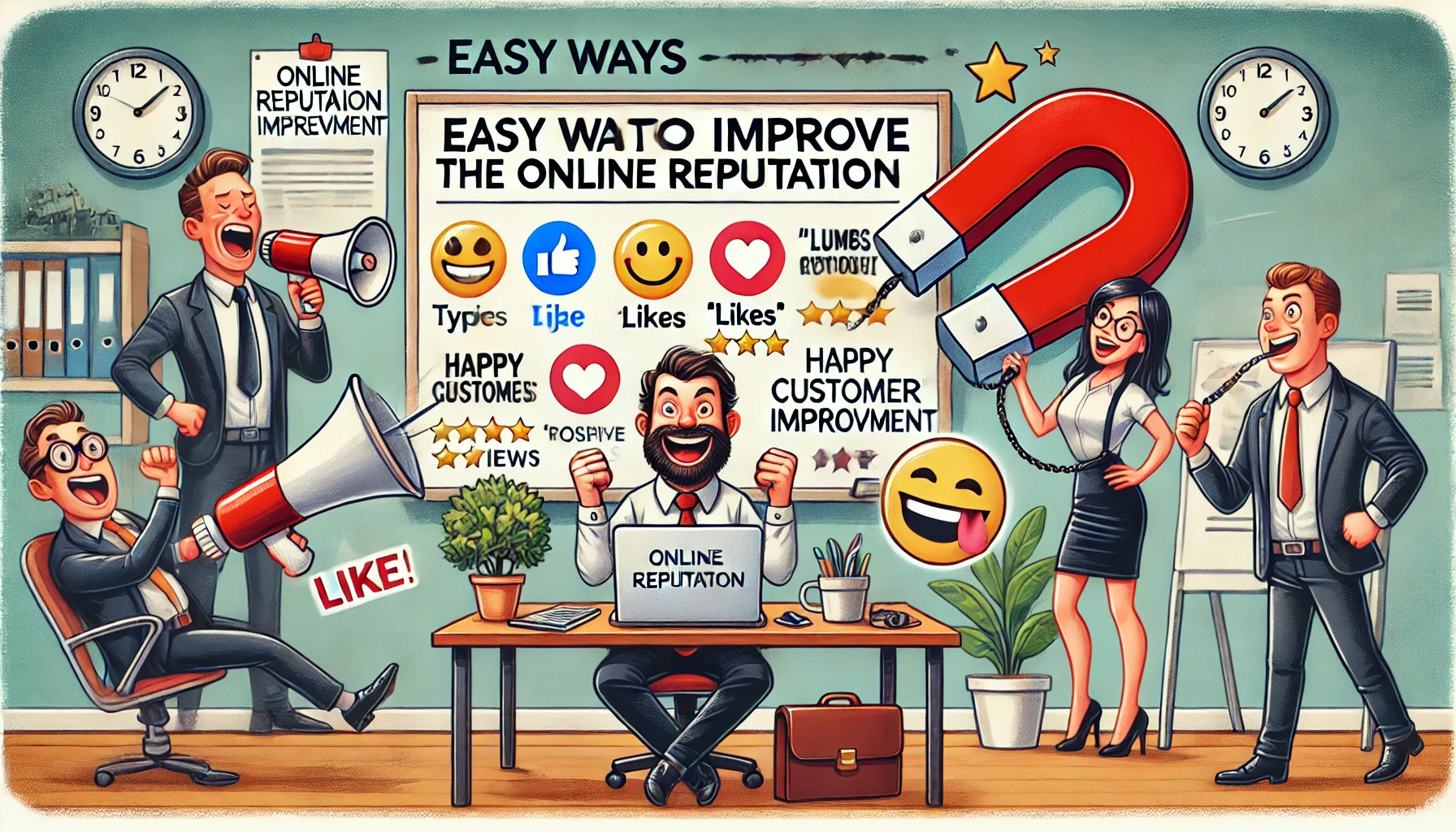Broadcast messaging for maximum customer engagement: Boost your business
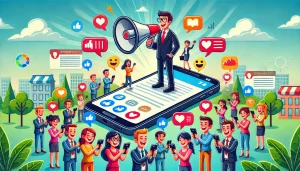
Introduction to broadcast messaging
In the current digital landscape, with 6.8 billion smartphone users active across platforms like Instagram, Facebook, Twitter, and TikTok, communication has significantly evolved. Digital messaging has taken center stage, becoming the primary communication method worldwide.
For businesses, staying abreast of this shift is not just beneficial but essential. This guide delves into the strategic importance of broadcast messaging, exploring its advantages over traditional MMS group messaging and illustrating effective ways to leverage this service for maximum impact.
Understanding broadcast messaging
Broadcast text messaging, also known as SMS broadcasting, is a method where a single message is sent to multiple recipients at once. It is often used for sending notifications and marketing promotions.
This form of messaging is known for its efficiency and ability to maintain privacy, as recipients do not see each other’s information. The option to send both SMS and MMS messages enriches the communication experience by allowing the inclusion of text, images, animated GIFs, and videos.
Why broadcast messaging is essential
Incorporating broadcast messaging into your marketing strategy offers numerous benefits. It allows for the rapid dissemination of information, reaching a broad audience with an impressive open rate of up to 98%.
With online retail purchases projected to account for over 20% of total retail sales this year, leveraging broadcast messaging becomes increasingly crucial for engaging digital-savvy consumers efficiently.
Comparing MMS group and broadcast messaging
Unlike MMS group messaging, which allows interaction among recipients, broadcast messaging ensures that replies are sent only to the sender, thus enhancing privacy and personalization. This method is particularly effective for large-scale communication needs such as alerts, promotions, and reminders, with each message being customizable for individual recipients.

Practical applications of broadcast messaging in business
Various sectors utilize broadcast messaging for a wide range of communication needs:
Marketing promotions: Quickly introduce new products to a broad audience.
Emergency communications: Provide crucial updates during natural disasters.
Educational announcements: Inform students about campus-wide news.
Corporate notifications: Communicate internal alerts efficiently.
Healthcare updates: Notify patients about appointment changes.
Focused applications of broadcast messaging
Reminder alerts: Essential for businesses like clinics and restaurants to remind customers about appointments, effectively saving time and reducing no-shows.
Feedback requests: SMS requests can achieve higher response rates than emails, providing businesses with quick insights into customer satisfaction.
Customer service updates: Keep customers informed about their order statuses and other purchase details, enhancing the customer experience.
Infrastructure and services for broadcast messaging
Implementing broadcast messaging requires robust technical infrastructure, including:
Servers: Manage large databases and ensure data security, often with enhanced measures like firewall protection.
Message management systems: Handle the storage and dispatch of messages efficiently.
Data analytics: Archive messages and analyze responses to gauge campaign effectiveness.
Security measures: Utilize encryption tools to protect sensitive information.
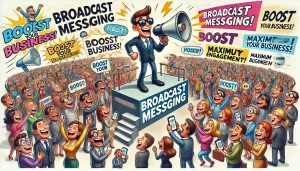
Advantages of broadcast messaging
Mass distribution: Communicate with thousands instantly.
Targeted messaging: Customize messages based on demographics or interests.
Automated dispatch: Schedule messages for automatic sending.
Interactive features: Engage customers with surveys and quick replies.
Insightful analytics: Monitor performance and engagement metrics.
Personalized communication: Tailor messages to individual preferences.
Regulatory compliance: Ensure privacy with opt-out options.
Cross-platform integration: Seamlessly connect with other digital communication forms.
Optimal uses of broadcast messaging
SMS marketing: Send timely promotions to subscribers who have opted in.
Appointment reminders: Include actionable instructions to facilitate bookings.
SMS surveys: Collect valuable feedback efficiently, often incentivizing participation.
Broadcast messaging stands out as a versatile and powerful tool that meets the diverse communication needs across industries. By understanding and implementing this strategy effectively, businesses can enhance customer engagement, streamline marketing efforts, and boost overall communication efficiency.
This guide provides the foundation needed to harness the potential of broadcast messaging in the digital age, ensuring your business remains connected and responsive to consumer needs.

Expert opinions on maximizing customer engagement with broadcast messaging
Dr. Alicia Morrison, Marketing Analyst at EngageNow Corp: “Broadcast messaging has revolutionized customer engagement by providing real-time updates and personalized content. The key to maximizing its effectiveness lies in segmenting your audience based on their preferences and behaviors. Tailored messages that resonate with individual needs significantly increase open rates and engagement levels.”
Dr. Robert Hughes, Professor of Digital Marketing at Northern University: “Personalization is the cornerstone of effective broadcast messaging. Utilizing data analytics to understand customer preferences and behaviors allows businesses to create highly targeted messages. Personalized greetings, tailored offers, and relevant content increase the likelihood of customer interaction and loyalty.”
Michael Turner, CEO of EngagePro Solutions: “Segmented broadcast messaging is vital for maintaining relevance. Customers are more likely to engage with messages that align with their interests and needs. By creating detailed customer personas and segmenting your audience accordingly, you can send highly relevant messages that drive engagement and conversions.”

 5 min
5 min 
